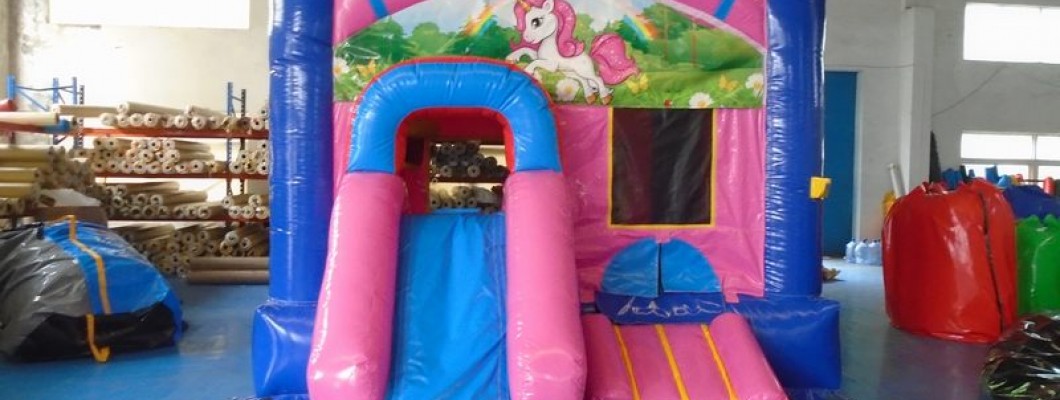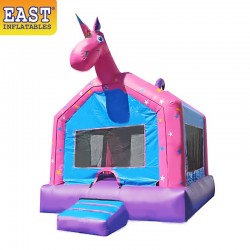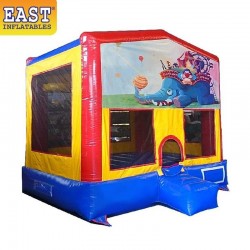
Bounce houses are designed to be durable and long-lasting, but over time, wear and tear can take their toll. Knowing when to replace a bounce house is essential for safety and maintaining a quality experience for users. Here are some key signs that indicate it may be time to retire your bounce house and invest in a new one.
1. Significant Wear and Tear
One of the most common signs that a bounce house needs to be replaced is visible wear and tear. Look for:
- Fraying Seams: If the seams start to fray or split, it may indicate the structure is weakening, which can lead to safety concerns.
- Cracked or Brittle Material: Over time, the material of the bounce house can become brittle or crack, especially after extended exposure to the sun or heavy use.
- Patches of Discoloration: Large, faded areas can signal that the material has degraded and is more likely to tear.
2. Repeated Air Leaks
Minor air leaks are common and can often be patched up, but if your bounce house is experiencing:
- Multiple or Large Leaks: If you are constantly finding new holes or the patches are no longer holding well, it’s a sign the bounce house’s material is breaking down.
- Difficulty Staying Inflated: When the bounce house no longer maintains proper inflation even after patches or repairs, it may be time for replacement.
3. Structural Damage
If the bounce house has any of the following structural issues, it may pose a risk to users:
- Damaged Support Beams or Air Tubes: The internal structure, including the air tubes or beams, should be intact. If these are bent, broken, or losing air, the overall stability of the bounce house is compromised.
- Weak Spots in the Base: If the base feels soft or uneven, it can create an unsafe environment for children and may lead to accidents.
4. Failing Safety Features
Safety is the top priority when it comes to inflatable structures. Check the following features to ensure they are still functioning properly:
- Worn-Out Netting: The protective netting around the bounce house should be intact without holes. If the netting is torn or worn out, it’s time for a replacement.
- Loose Anchoring Points: The tie-down straps or anchoring points should be secure. If they become loose or are no longer effective, the bounce house might not stay safely in place.
5. Outdated Design or Compliance Issues
Older bounce houses may not meet the latest safety standards or regulations. If the bounce house is outdated or lacks key safety features required by modern guidelines, it’s time to consider upgrading to a newer, compliant model.
Conclusion
Regular inspections and proper maintenance can extend the lifespan of a bounce house, but eventually, every unit will need to be replaced. Keeping an eye out for significant wear, leaks, structural damage, or failing safety features will help ensure that your bounce house remains a safe and enjoyable experience for all users.




Leave a Comment